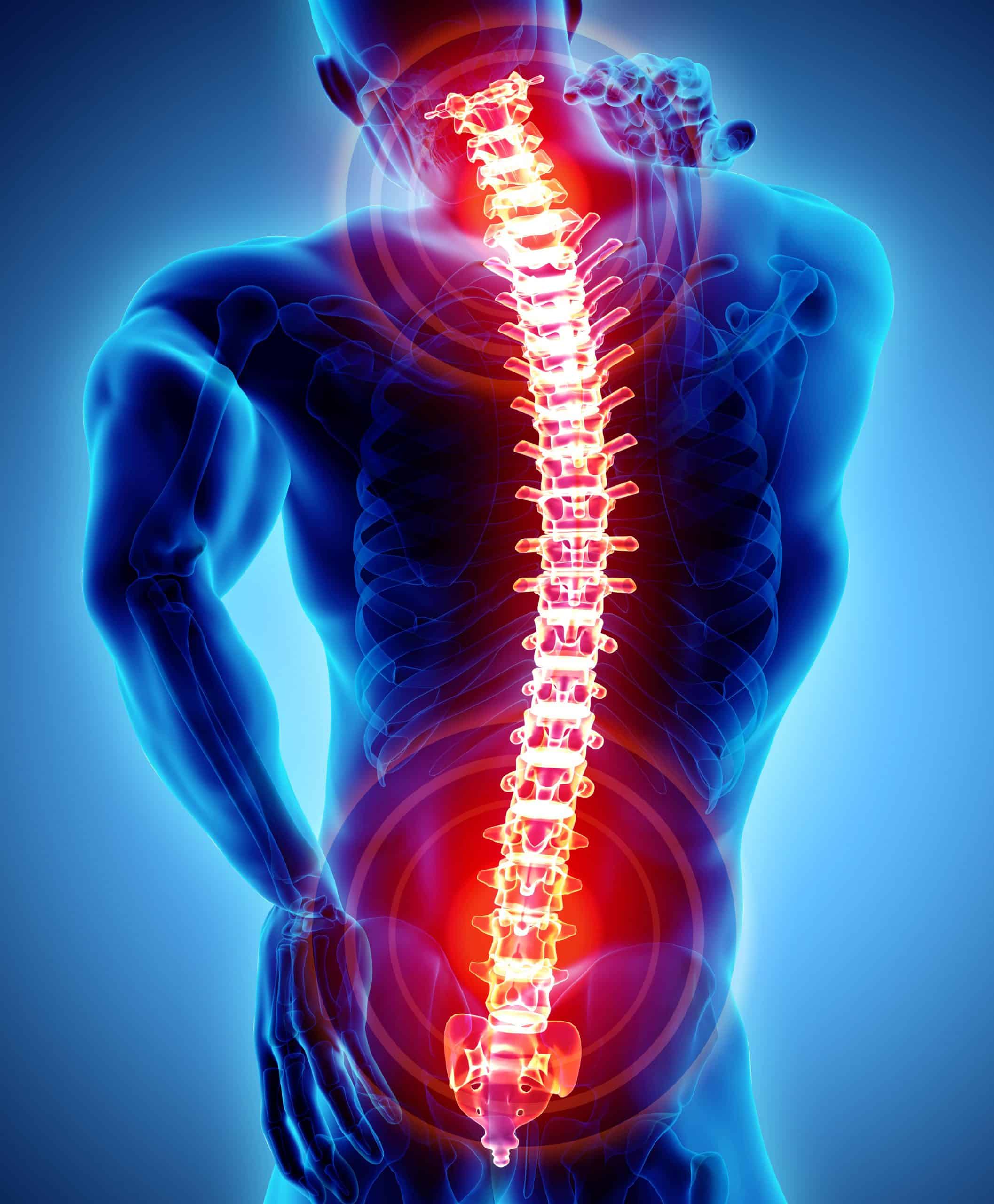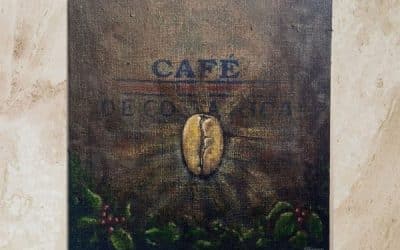Low Back Pain: Bearing the Brunt
As humans assumed the upright posture over the course of millions of evolutionary years, our spines have borne the brunt of everyone’s body weight burden.
Not surprisingly, low back discomfort is one of the most common orthopedic problems seen by medical practitioners today. Treatment for this condition depends upon several factors: cause, degree of impairment and individual circumstances.
Why it hurts
Low back pain may be caused by simple acts of sneezing or coughing, or it may signal the warning of a more severe internal problem.
Sprains and strains, rather than issues relating to more serious diseases, are the most common reasons for low back pain. The human spine structure abounds with muscles and ligaments, so injury to even a small muscle or ligament can produce a significant amount of discomfort. A sprain involves stretching of a ligament. A strain is a muscular injury also due to abnormal stretching.
When to seek medical help
How does a layperson know when medical aid should be sought? First, it’s important to consider the cause. In cases of trauma caused by an accident, medical aid should be sought as soon as possible. On the other hand, if the back discomfort occurs after sneezing, coughing or bending, conservative therapy might be tried first.
Degree of impairment and personal circumstances are other considerations. If someone is retired and can remain at home without jeopardizing income, home remedies for back pain can be used primarily. However, for athletes, salespeople or anyone whose livelihood depends on being active as soon as possible, more immediate and vigorous therapy is appropriate. Degree of discomfort does not always reflect how the condition is. What incapacitates one person may not impair the everyday functions of another.
Associated symptoms are another factor when determining whether or not to seek medical help. One such symptom is pain that radiates down one or both legs, often referred to as “sciatica.” This can mean the sufferer may have a ruptured or “slipped” spinal disc.

Sprains and strains are the most common reasons for low back pain
Help at home
For the simplest form of apparent back strain, applying ice packs to reduce pain and swelling is the best initial treatment. Once inflammation and pain has subsided, usually after several days, moist heat in the form of hot baths, hot moist packs or sitting in a shower can also be beneficial. Some people find alternating between cold with heat therapies is best from the beginning.
The best non-prescription medications are Aleve and Tylenol. They should be taken in appropriate doses for the best results. For the first 48 hours, I usually recommend two Extra-Strength Tylenol + two Aleve taken together, three times a day. For the following 48 hours, take two of each twice a day. If this does not provide significant relief, then seek care from your healthcare provider.
Prolonged bed rest is not advised as it can often make the situation worse. Activity that produces the least amount of discomfort should be pursued. Narcotic medicine should be avoided.






